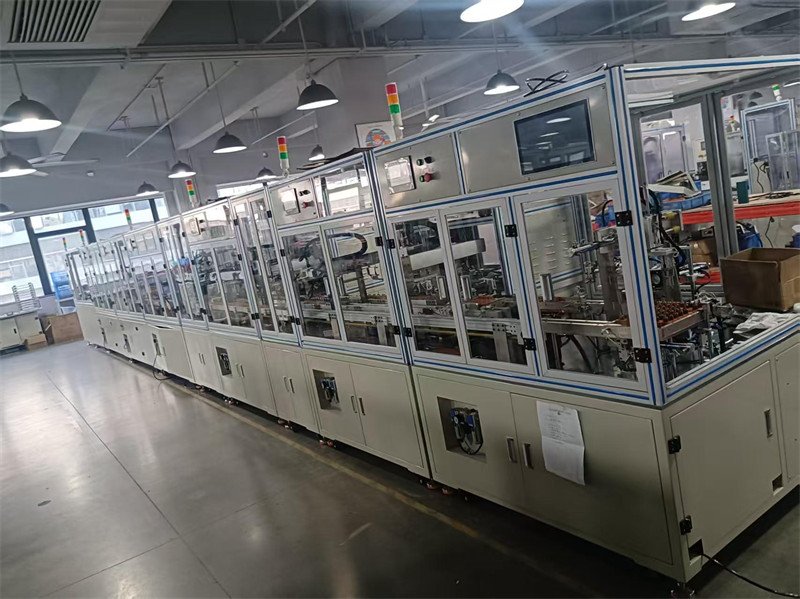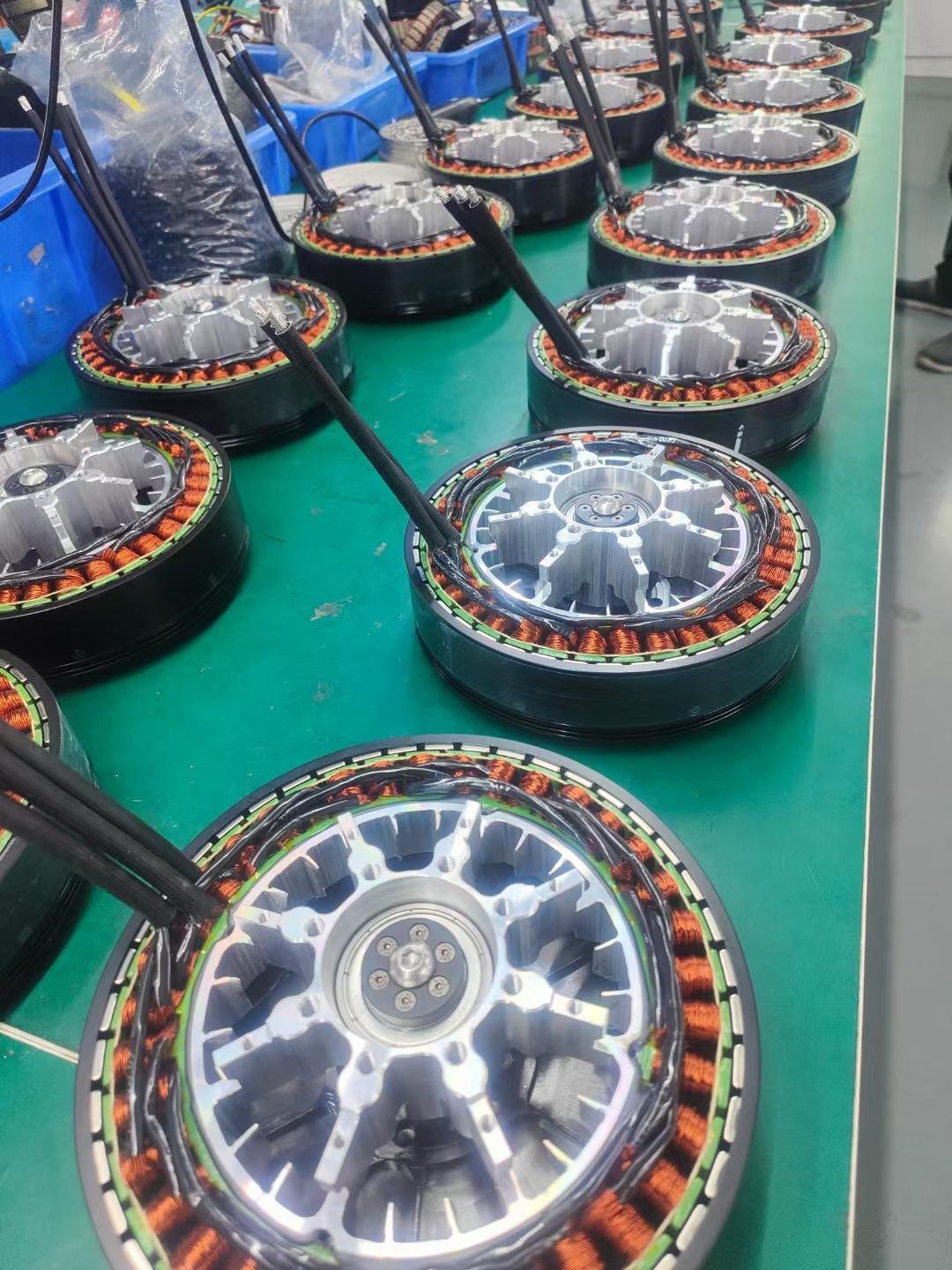Rotors vary in shape and size, and their automatic assembly methods and processes also differ. Determining the correct assembly and debugging methods is crucial. So, what are the debugging methods for automatic rotor assembly production line equipment? How can you master the assembly techniques? Vacuz will introduce them to you!

I. Equipment Debugging Methods: Optimization of the Entire Process from Single Machine to System
1. Preparation Before Debugging
Technical Document Review: Familiarize yourself with the equipment design drawings, operation manual, and technical parameters to understand the equipment’s structure, principles, and functions.
Tool and Equipment Inspection: Prepare tools such as a multimeter, oscilloscope, and torque wrench. Check for any damage to the equipment’s exterior, the firmness of component connections, the standardization of electrical wiring, and the tightness of terminal blocks.
Environmental Confirmation: Ensure the debugging site is level, vibration sources are far from the equipment, and environmental interference is avoided.
2. Single Machine Debugging
Equipment Start-up and Operation Check: Start the conveyor equipment, assembly robot, and testing instruments sequentially. Observe whether the motor rotation direction and operating speed are within the specified range and whether there is any jamming in the transmission components.
Preliminary Parameter Setting: Adjust parameters according to the equipment characteristics, such as tension control and speed curves.
Safety Device Testing: Check the effectiveness of limited position protection devices to ensure stable equipment operation.
3. System Integration Testing
Equipment Connection Testing: Connect individual equipment according to the production process to simulate actual production.
Communication and Signal Troubleshooting: Resolve communication problems and signal interference between equipment.
Overall Function Verification: Conduct actual assembly testing with the product to check if the assembly quality meets design requirements and to statistically analyze production efficiency.
4. Optimization and Adjustment
Parameter Refinement: Optimize equipment parameters and process flow based on test results.
Process Improvement: Introduce parallel operations and process reengineering to improve efficiency.
Data Recording and Analysis: Establish debugging files to record equipment operation status, problems, and solutions, providing a reference for subsequent maintenance.
II. Mastering Assembly Skills: Comprehensive Control from Equipment to Process
1. Equipment Selection and Configuration
High-Accuracy Equipment Selection: Select assembly equipment with excellent stability and reliability.
Modular Design Application: Adopt a modular design concept to improve equipment flexibility and maintainability.
1. Real-time Monitoring System Integration: Introducing an advanced control system to achieve automated equipment monitoring and fault diagnosis.
2. Process Standardization:
Standardized operating procedures are established: Clearly defining the operational steps and quality requirements for each stage.
Advanced Assembly Technology is introduced: Utilizing automated assembly equipment and online testing technology ensures accurate assembly control.
Online Testing and Calibration: Components are accurately calibrated before assembly, and online testing is strengthened. For example, laser marking machines are used to mark polarity on the rotor surface for subsequent testing.
3. Material and Quality Control:
Improved Material Management System: Ensuring timely and accurate material supply through an advanced inventory management system.
Raw Material Quality Inspection: Strictly testing raw materials and components.
Environmental Control: Controlling the temperature and humidity of the assembly environment to prevent environmental factors from affecting quality.
4. Personnel Training and Incentives:
Regular Skills Training: Improving employees’ assembly operation skills and proficiency.
Incentive Mechanism Establishment: Encouraging employees to participate in production line improvement and innovation.
Strengthened Team Collaboration: Improving debugging efficiency through cross-departmental collaboration.
5. Equipment Maintenance and Upkeep
Preventive Maintenance Plan Development: Regularly inspect and replace key components to prevent malfunctions.
Maintenance Record Establishment: Record equipment maintenance details for easy problem tracking.
Adjustable Tooling Design: Adapts to rotors of different sizes and shapes.

What are the methods for debugging automatic rotor assembly line equipment? How to master assembly techniques? Vacuz has provided a simple explanation above; we hope this information is helpful!

